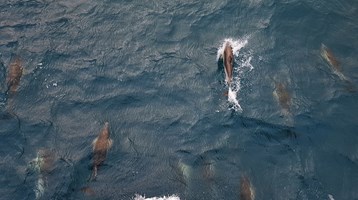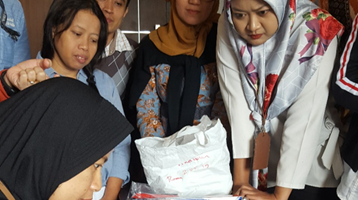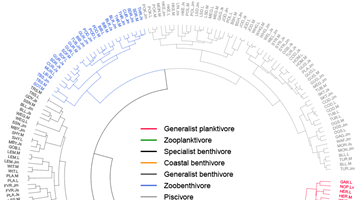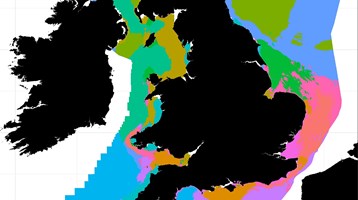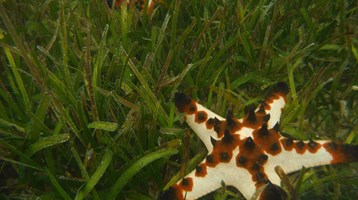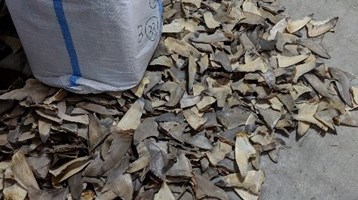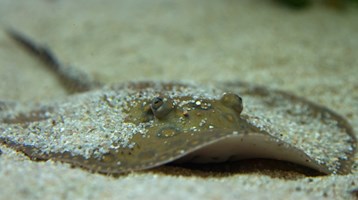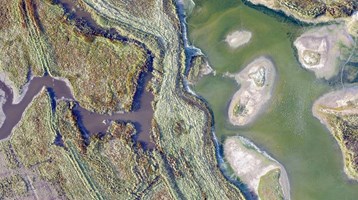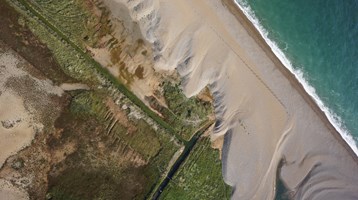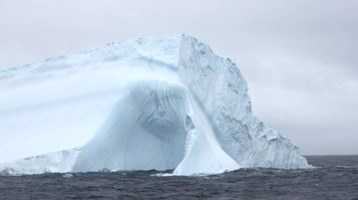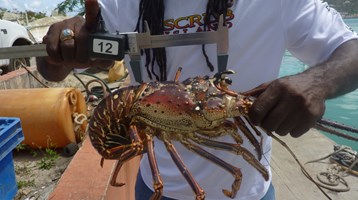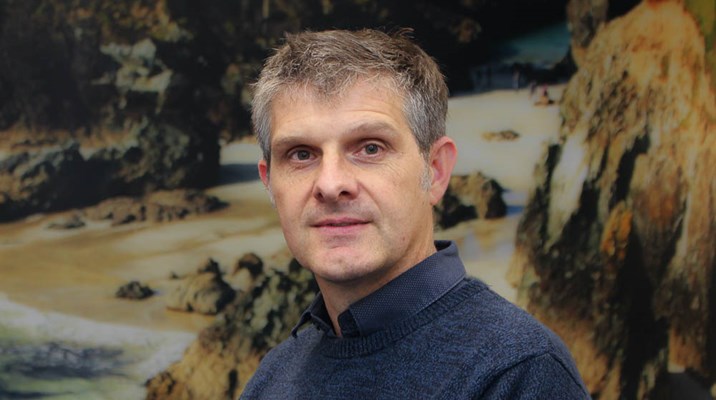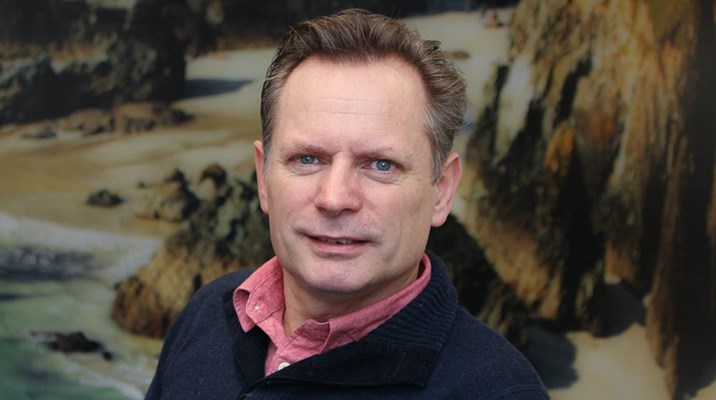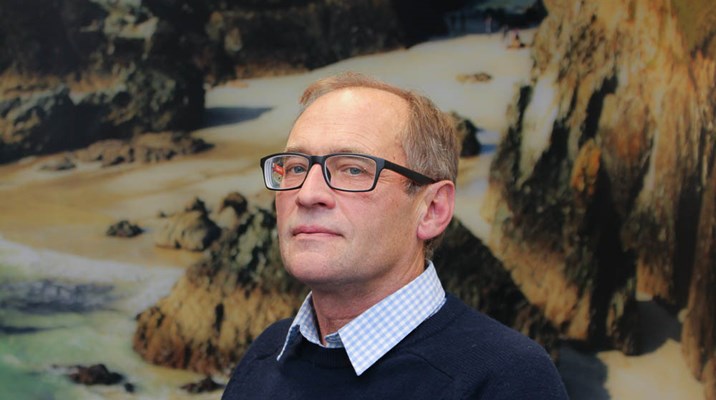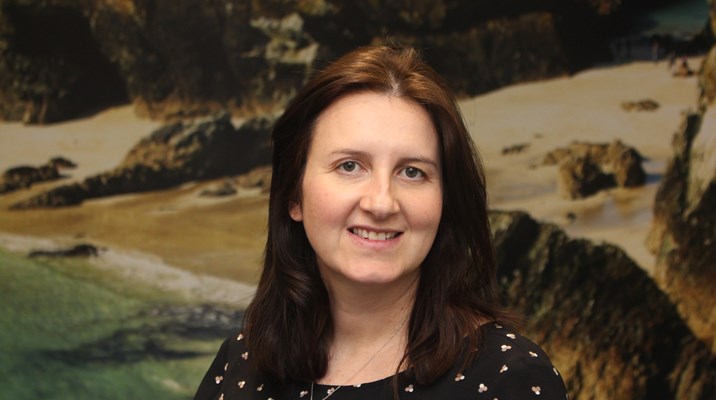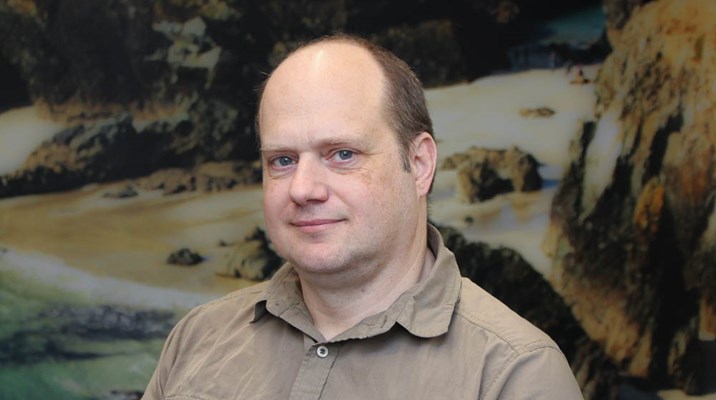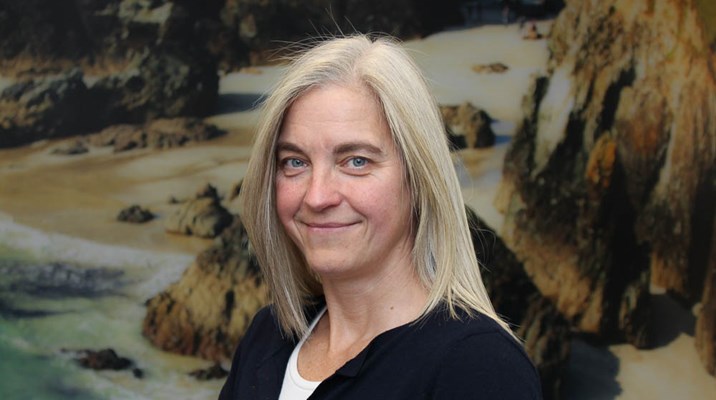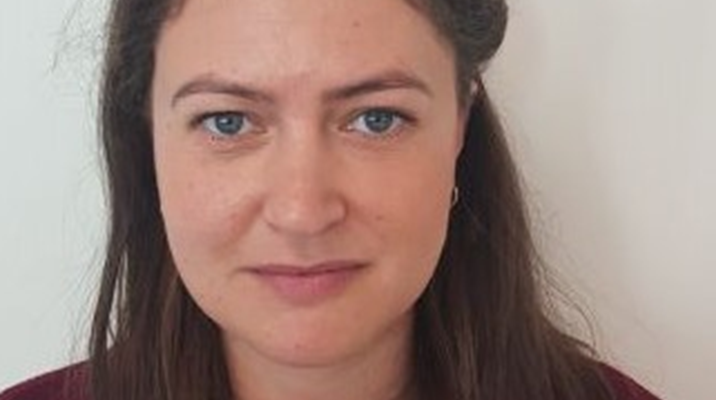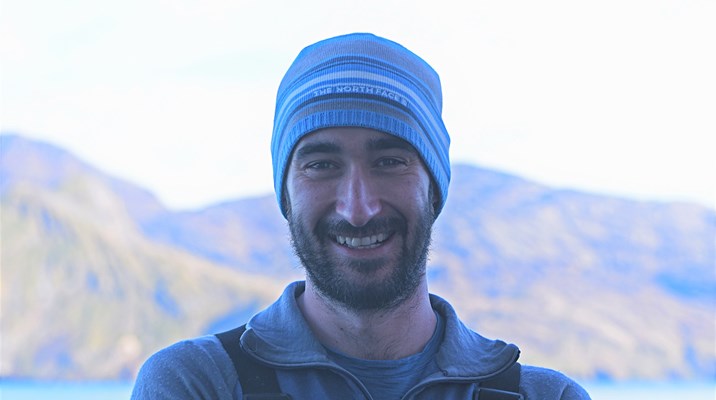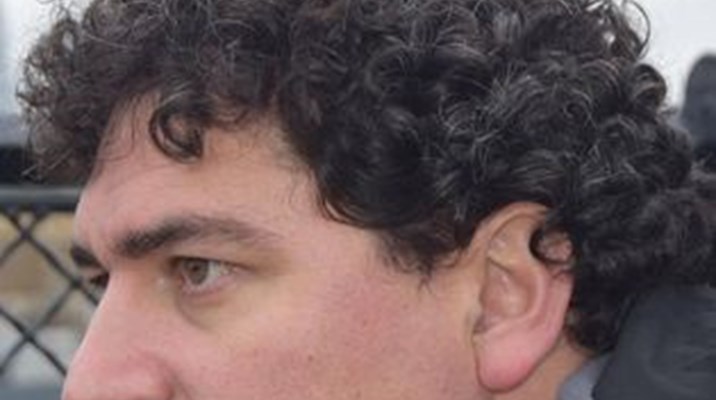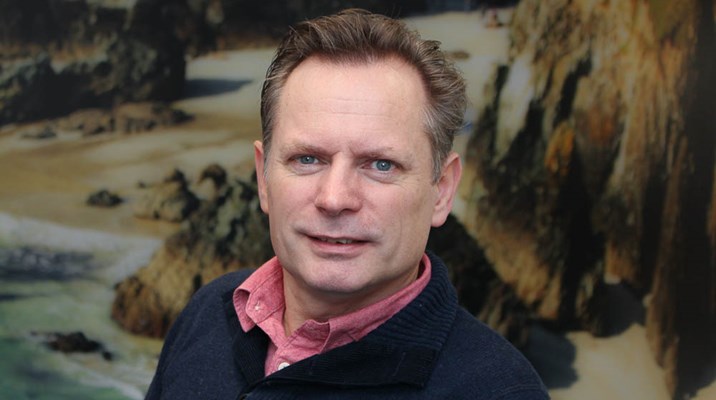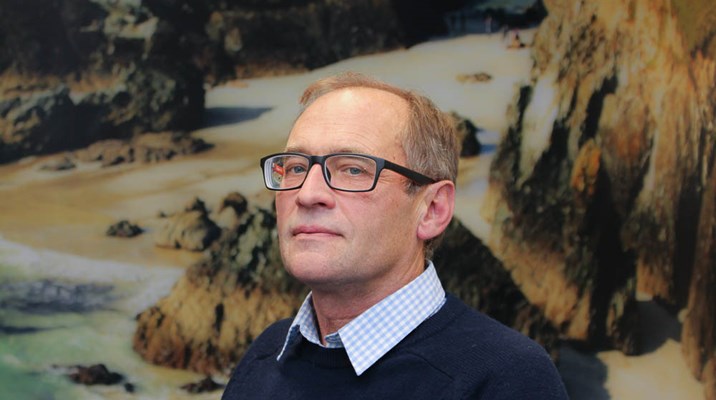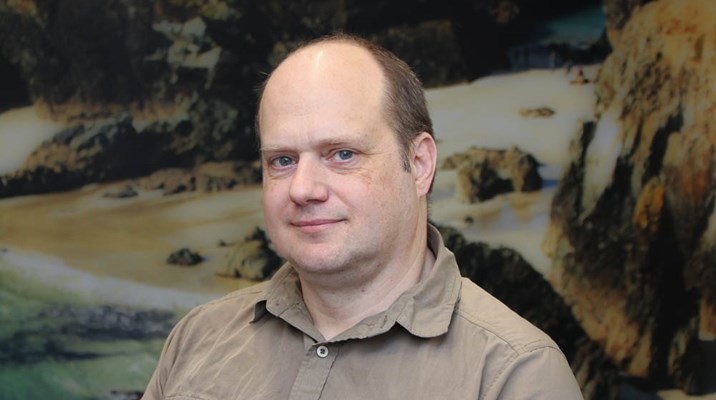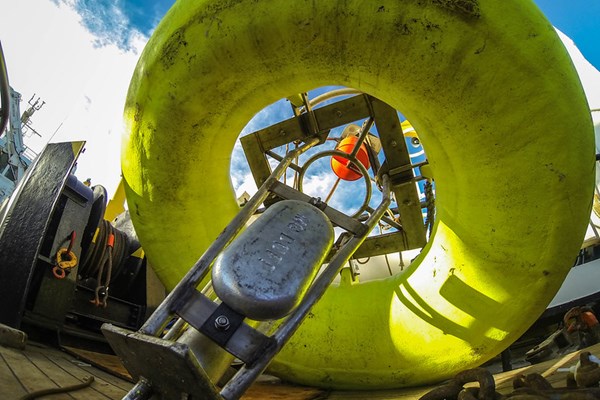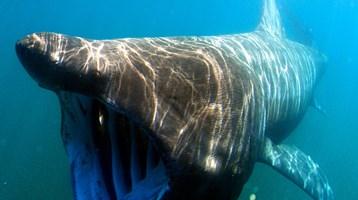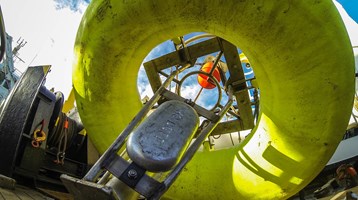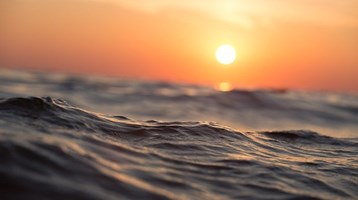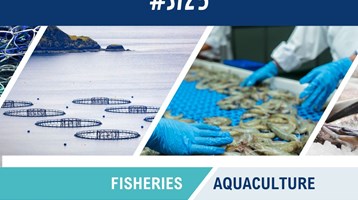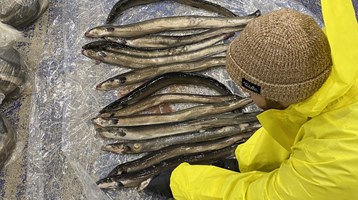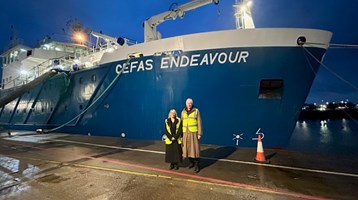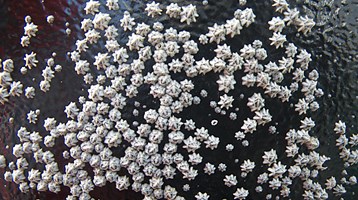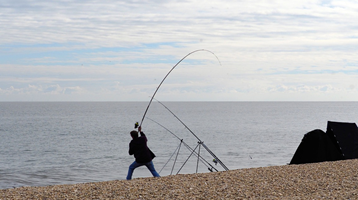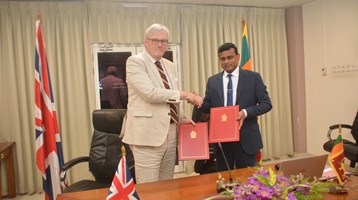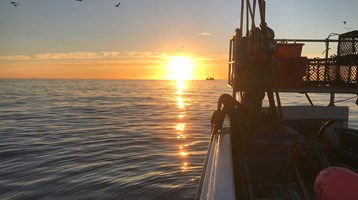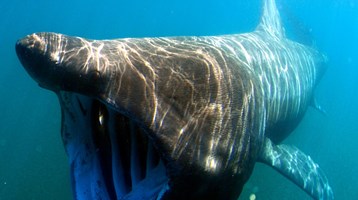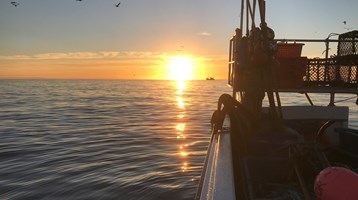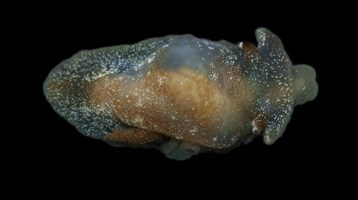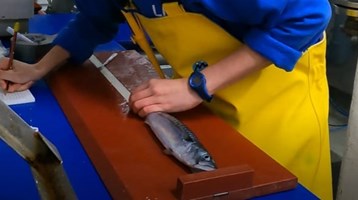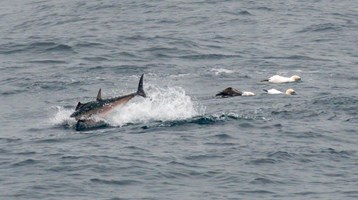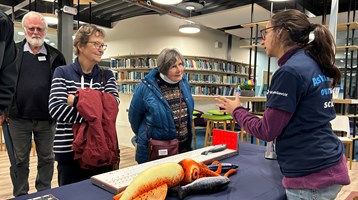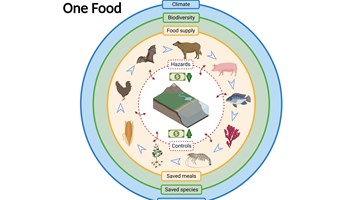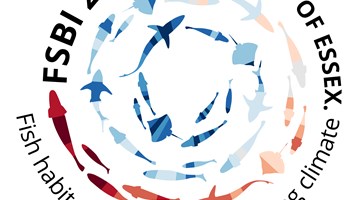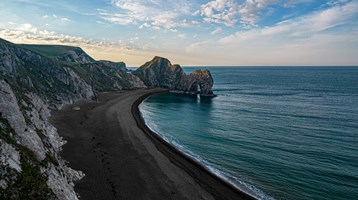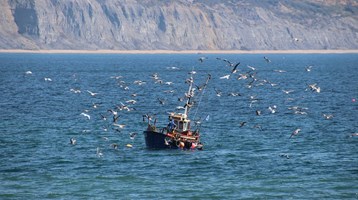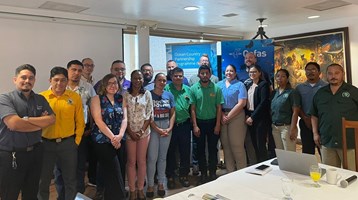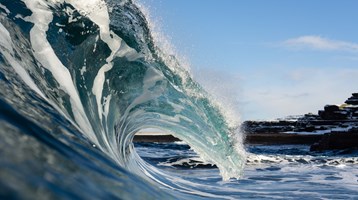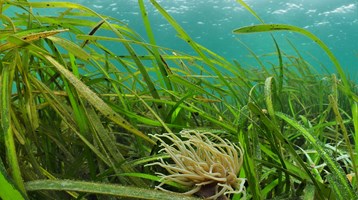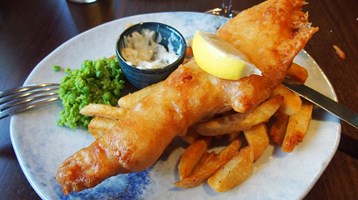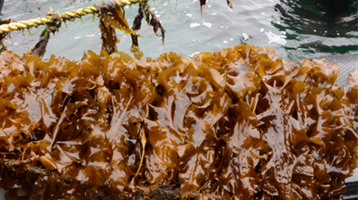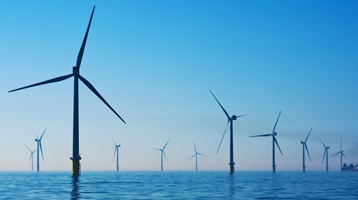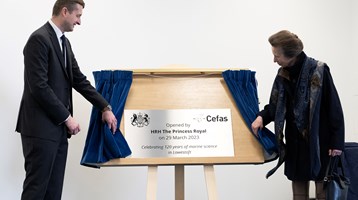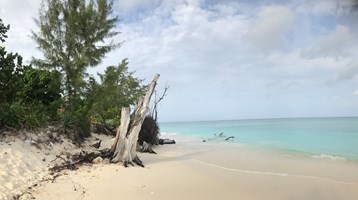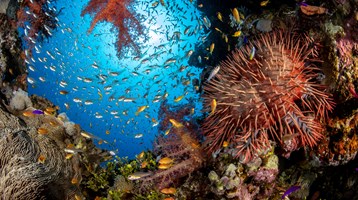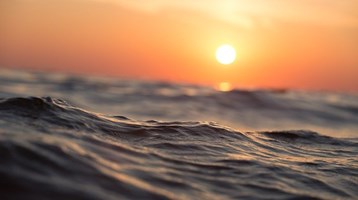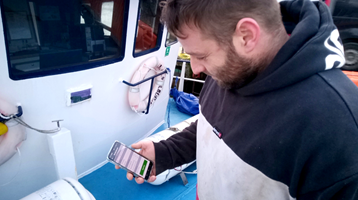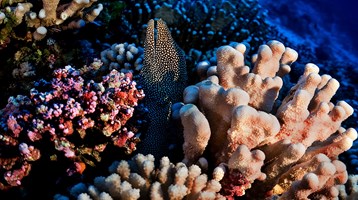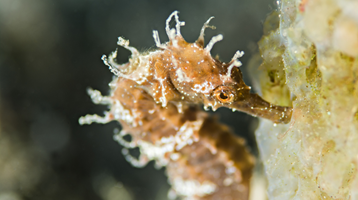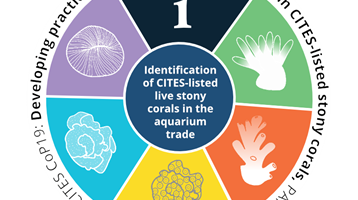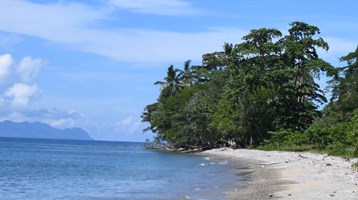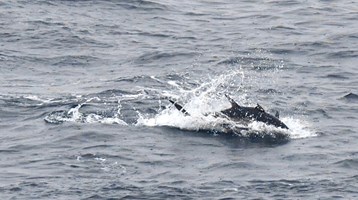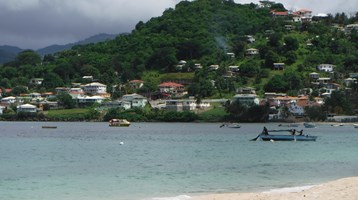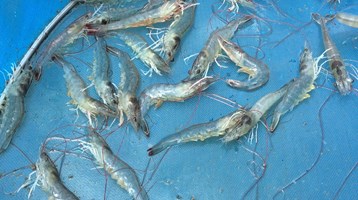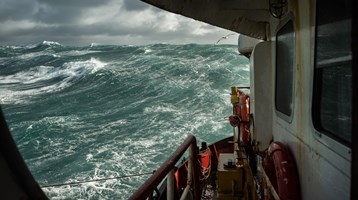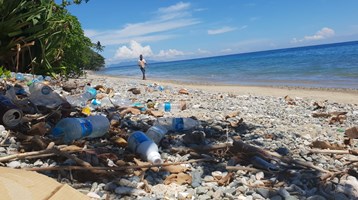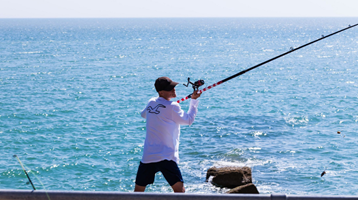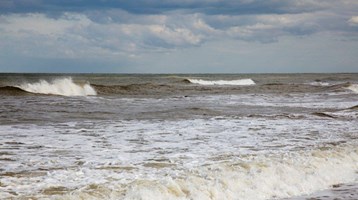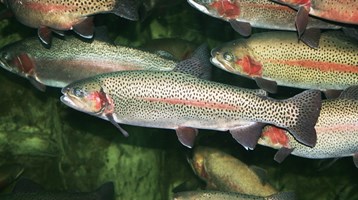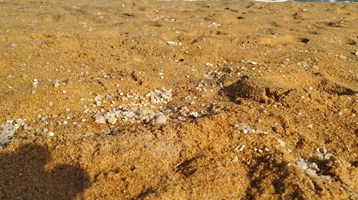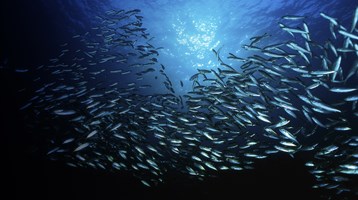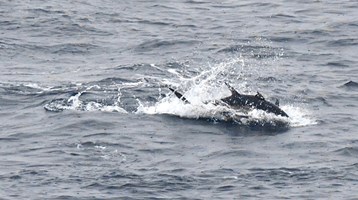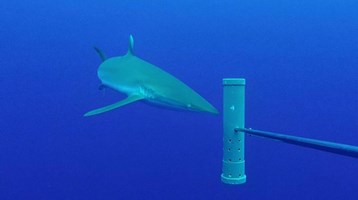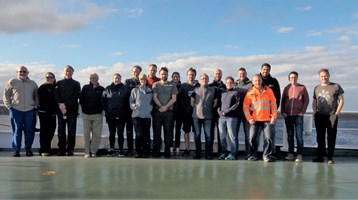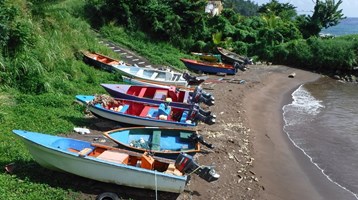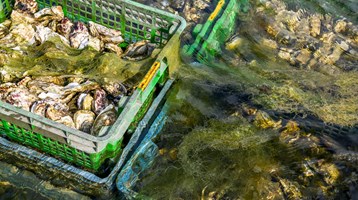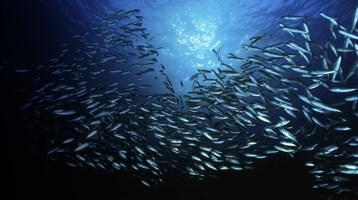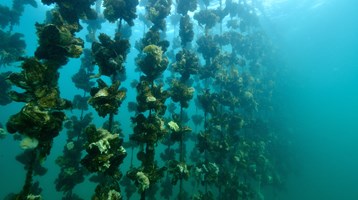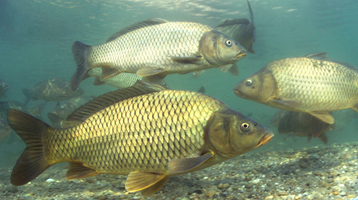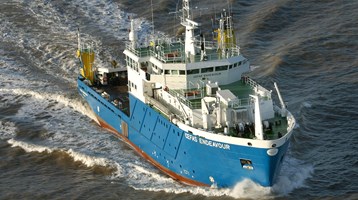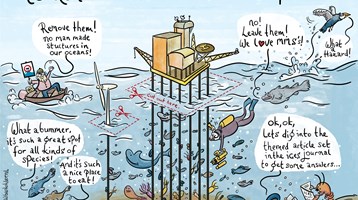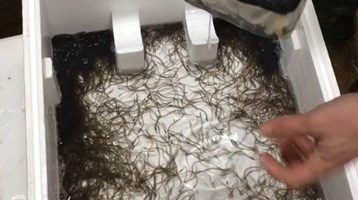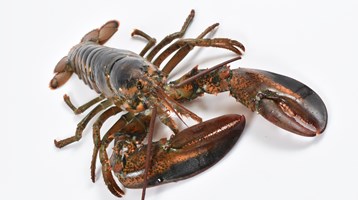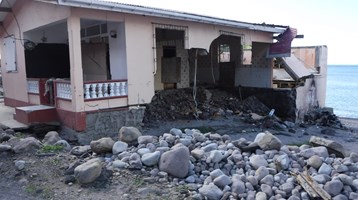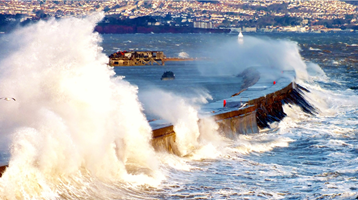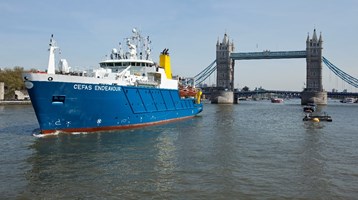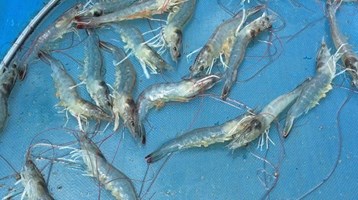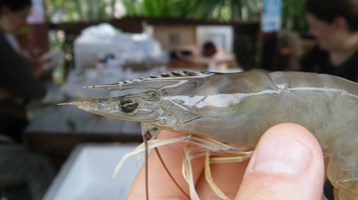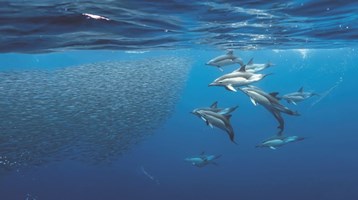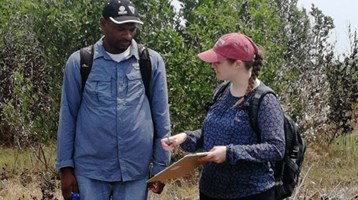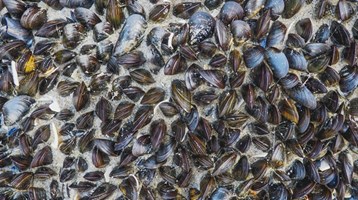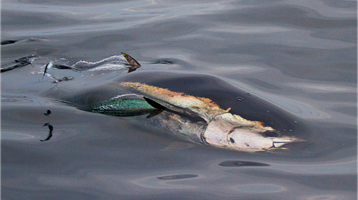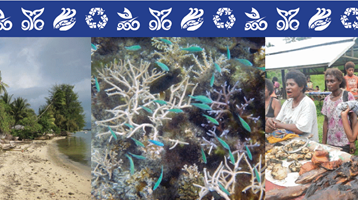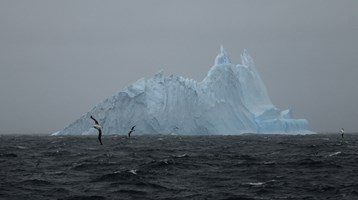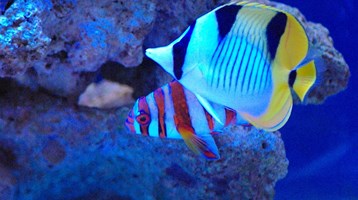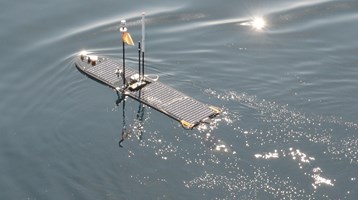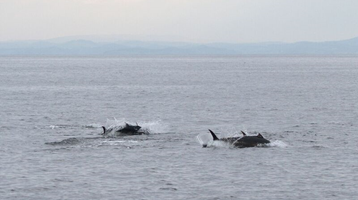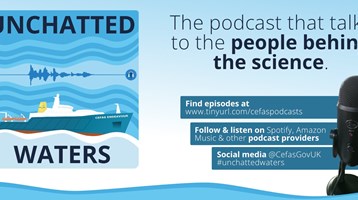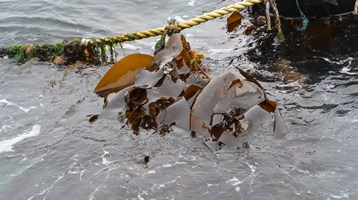Skippers qualify for CHART Atlantic Bluefin Tuna programme
29 July 2021
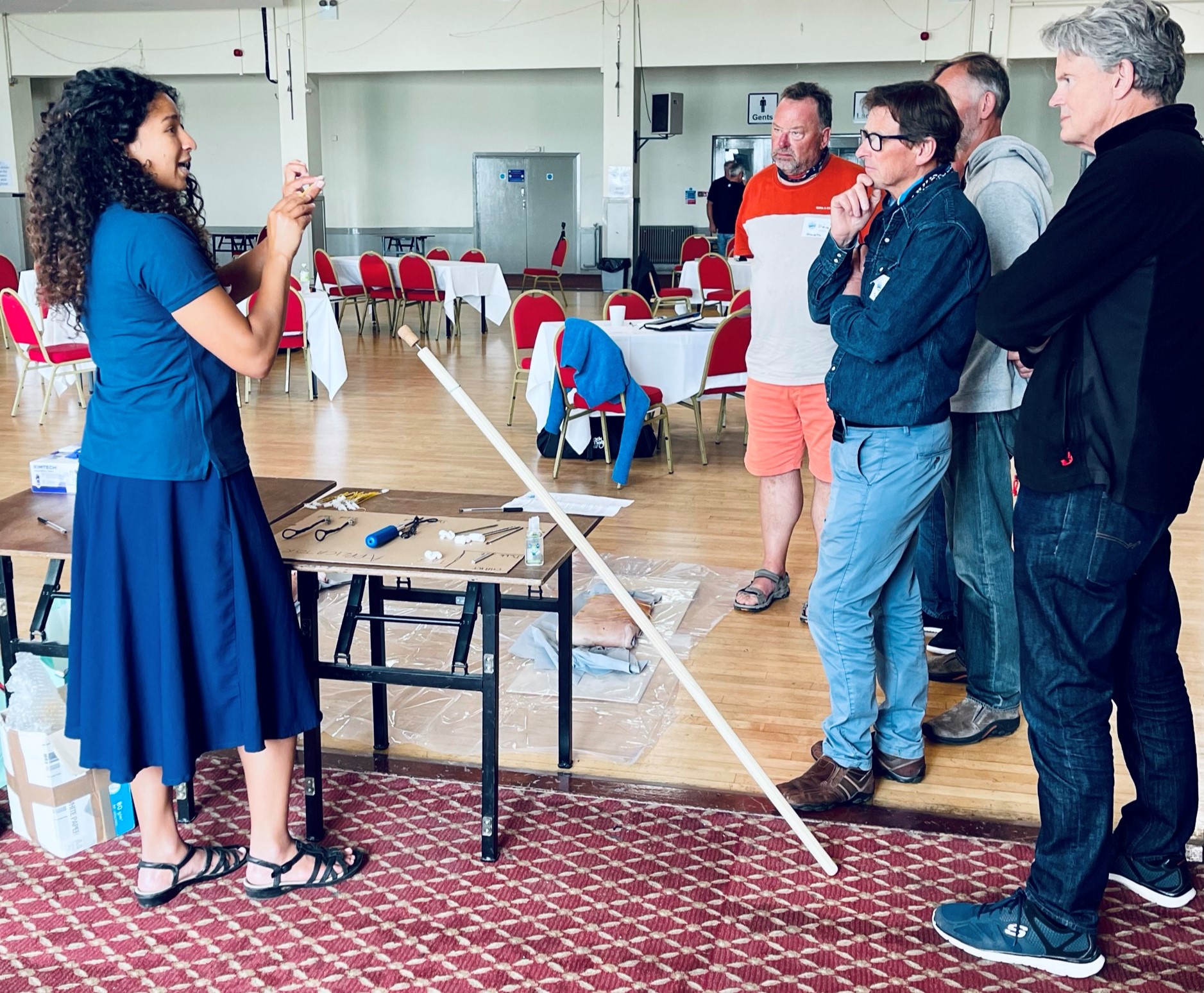
Today, some 40 skippers and crew members from fishing ports across South-West and Southern England have successfully completed their specialist training to catch, tag and release Atlantic Bluefin Tuna.
The skippers are taking part in CHART, a Defra-funded pilot programme. This aims to provide important scientific data on the Atlantic Bluefin Tuna while benefiting coastal communities and offering an exciting opportunity for recreational anglers to legally encounter these ocean giants.
The completion of training means they are on track to be granted scientific licences to fish for Atlantic Bluefin Tuna, from August to November this year. This unique collaboration brings together for the first time in England a breadth of fishing, science and conservation interests in support of this innovative approach to tuna scientific research.
The 15 skippers were selected by the Centre for Environment, Fisheries, and Aquaculture Science (Cefas) and will join forces with a team of observers and scientists, as well as other organisations, such as the Marine Management Organisation (MMO), Bluefin Tuna UK and Natural England, with the aim of collecting data to improve the science understanding and management of bluefin tuna
The Environment Secretary, George Eustice said:
“While Atlantic Bluefin Tuna are increasingly present in UK waters we know little about their movements and time spent here.
“Our catch, tag and release pilot programme will provide an economic boost for local coastal communities, particularly here in the South West, and contribute to international efforts to manage this fish stock effectively for the benefit of future generations”.
Steven Murphy, Bluefin Tuna UK said:
“After an exhaustive 7 months’ consultation process, we have here a world class example of collaboration and the value that the Recreational Sea Angling sector can bring to important scientific research.
"Combining the scientific expertise of Cefas, with the great experience of seasoned UK Charter skippers and anglers with notable experience of large pelagic species, we have a program which will deliver important scientific data, real economic benefits to coastal communities, and an opportunity for anglers to engage with this iconic sportfish in a professional, managed environment."
Sophy Phillips, Cefas Senior Fisheries Scientist said:
“Scientific research and citizen science projects have provided evidence that Atlantic Bluefin Tuna are returning to UK waters in increasing numbers during the summer months. But we still don’t understand enough about these amazing predators; CHART offers the potential to fill gaps in our knowledge of their distribution, movements, behaviour, numbers and demographics. Training the skippers to carefully tag the Atlantic Bluefin Tuna, as well as how to collect data on their size, fishing effort and sightings will enable us to develop a clearer picture of ABT in English waters.”
Lyle Stantiford of the Professional Boatman’s Association, who has led Charter Skipper representation in the consultation process said:
“CHART is a great illustration of the value the Charter fishing fleet can bring to important research such as this. The recovery in Atlantic Bluefin over the last 10 years and their repeated presence in our waters since around 2015 presents a great opportunity for scientists, anglers and our charter fleet to work together to better understand this change and ensure a sustainable future for them in our waters.”
CHART skippers must be certified as trained and competent before being licensed to take out paying customers to catch Atlantic Bluefin Tuna (ABT), to then be tagged and released by trained skippers or crew. Bespoke workshops led by Cefas scientists and sector experts, have been held in Weymouth and Falmouth this month, with 40 participants attending from Cornwall, Devon, Dorset, East Sussex and Hampshire.
The mandatory training in fishing, tagging, fish handling and welfare, along with data collection techniques is designed to ensure compliance with strict operating standards aiming to safeguard animal welfare and support the conservation objectives at the heart of this valuable citizen science initiative.
In recent years, the number of reported sightings of ABT in UK waters has been increasing. This has led to a growing interest in the species from the science community, recreational fishing groups, and the commercial fishing sector. Representatives from the recreational fishing sector suggested that a CHART programme could contribute to international ABT research, as well as the potential socio-economic benefits it could bring to coastal communities. A CHART programme in Ireland has been in place since 2019.
The data collected will contribute not only to improving understanding of Atlantic Bluefin Tuna in English waters, but will also be supplied to the International Commission for the Conservation of Atlantic Tunas (ICCAT), who supply the tags for CHART and coordinate international tagging of ABT.
Background
Atlantic bluefin tuna are known for being amongst the biggest, fastest and most valuable fish in the sea. They were once a common sight in UK waters, ranging throughout the Celtic and North Sea, and were a popular sport fish in the North Sea in the 1930s to the 1950s. However, they largely disappeared from British waters in the 1960s, likely, as a result of population decline and changes in the availability of their preferred prey.
In recent years, they have been observed more frequently in our coastal waters, particularly during the late summer, autumn and winter as they move into coastal areas to feed on energy rich pelagic fish, such as sprats and herring, in waters around the UK. There are multiple and complex reasons why their numbers may have increased, such as conservation measures and climate change impacts, including abundance of prey and changes to the marine environment.
Atlantic bluefin tuna can migrate over thousands of kilometres in a single year and occupy the coastal waters of Europe and the deep offshore environments of the North Atlantic. However, despite historic evidence of captures around the UK, we know relatively little detail of their day-to-day movements and behaviour, for example how long they stay in British waters and where they go, once they leave our coastal environment.
Related to this article
Topic
Case studies
People
News
Further Reading


Working for a sustainable blue future
Our Science

